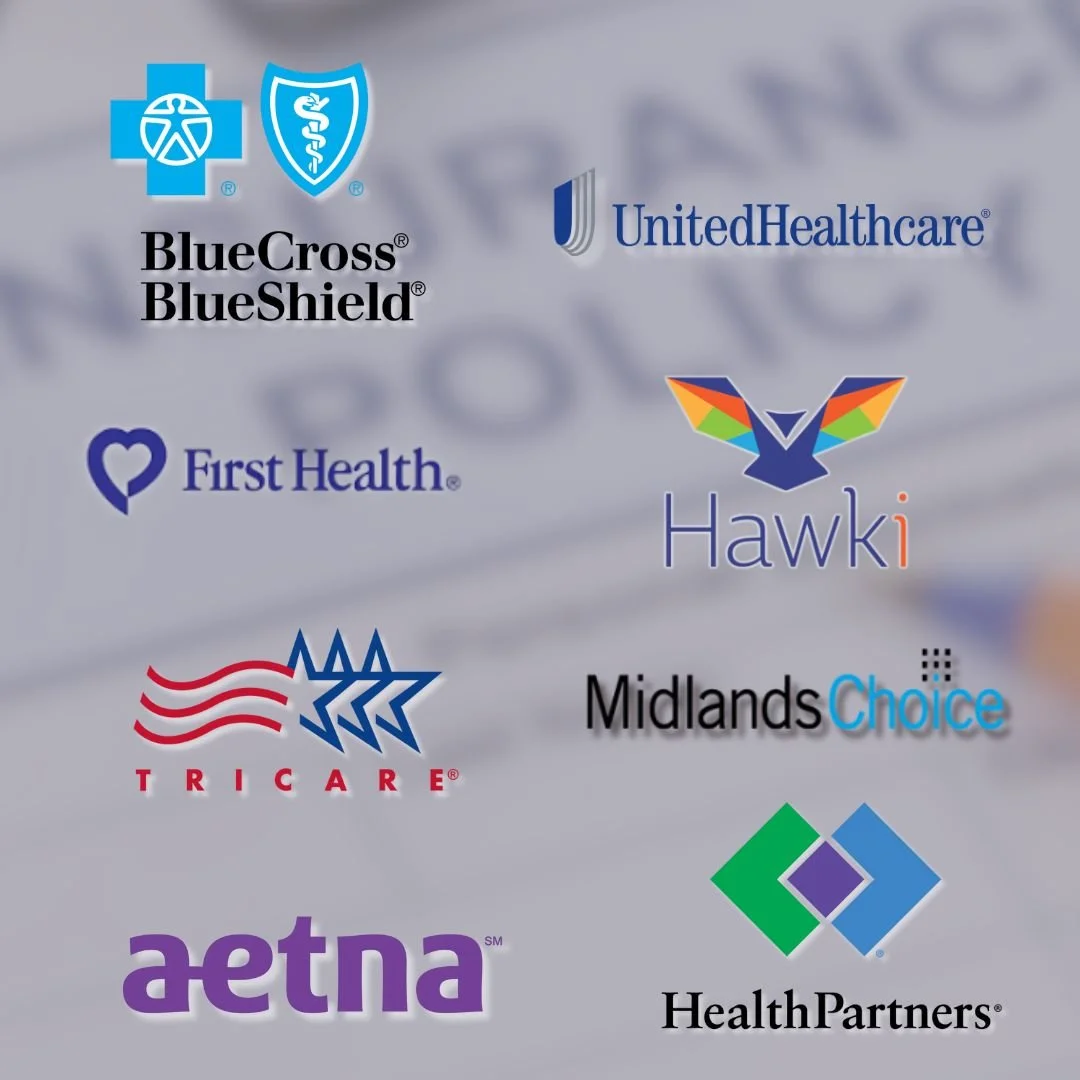Understanding Your Medical Insurance
Understanding medical insurance involves familiarizing yourself with various terms. Here’s a detailed breakdown of each term.
-
This is the total amount a healthcare provider charges for a service.
-
Current Procedural Terminology codes are numeric codes used to describe medical procedures and services. They help in billing and insurance processing. For example, the CPT code for Speech Language Therapy is 92507.
-
These are codes (often ICD-10 codes) that describe the medical condition or diagnosis for which the treatment was provided. For example, a diagnostic code for a Phonological Speech Disorder would be F80.0.
-
This is the amount you must pay out-of-pocket for healthcare services before your insurance starts to pay. For example, if your deductible is $1,000, you must pay the first $1,000 of your various medical bills. (Some services do not require the deductible to be met before insurance starts to pay. This CAN be the case with some insurance plans for Speech Language Therapy, 92507.)
-
This is a fixed amount you pay for a specific service or prescription, usually at the time of service. For instance, you might have a $20 copay for a visit. **In many insurance plans, certain services may not require the deductible to be met before coverage kicks in. This is particularly common for preventive services, routine check-ups, and some specialty therapies, like Speech Language Therapy. Each insurance plan has its own rules, so it’s essential to check the specifics of your policy.
-
This is your share of the costs of a covered healthcare service, calculated as a percentage. For example, if you have a 20% coinsurance, you would pay 20% of the total allowed, (not billed), amount after your deductible is met.
-
This is the maximum amount that your insurance will pay for a particular service. If the billed amount exceeds this, the provider writes off the difference.
-
This is the difference between the billed amount and the allowable amount. It often reflects discounts negotiated by the insurer with the contracted providers. Payers are not responsible for the difference.
-
This includes any costs you owe after your insurance has paid its portion, such as your deductible, copay, and coinsurance.
Working With Insurance Providers:
Blue Cross Blue Shield, Health Partners, Tricare, Aetna, United Healthcare, Midlands Choice/Cigna, and Hawki
*** In the process of seeking in-network status with Iowa Medicaid and Iowa MCO’s. Please visit our Evaluation page and complete the submission form to join our evaluation waiting list.
Important Points:
Service-Specific Rules: Some services, like therapy sessions, may have different cost-sharing rules. For instance, you might have a copay for speech therapy sessions without having to meet your deductible first.
Preventive Services: Many plans cover preventive services fully without requiring a deductible. This can include annual check-ups, vaccinations, and screenings.
In-Network vs. Out-of-Network: Benefits can vary significantly based on whether you use in-network or out-of-network providers. In-network services often have lower copays and may not require a deductible.
Plan Variability: It's crucial to read the specific terms of your health plan. Some plans might have specific limits or guidelines for certain types of care.
Possible Scenarios:
Copay Only: Some plans might require just a copay for each session without requiring you to meet the deductible.
Coinsurance After Copay: Other plans may have a copay for each session and then require coinsurance on any additional costs, especially if you exceed a certain number of sessions or if the therapy goes beyond specific limits set by the plan.
Deductible Consideration: If you haven’t met your deductible, you might be responsible for the full billed amount until the deductible is satisfied, after which you may only pay copays or coinsurance for subsequent visits.
Best Practices:
Check Your Policy: Review your insurance policy details to understand how copays and coinsurance apply to speech therapy.
Contact Your Insurer: If you’re unsure, contacting your insurance provider can provide clarity on your specific coverage and costs.
Additional Tips:
Take Notes: Keep detailed notes of the answers you receive for future reference.
Speak to a Representative: If the first person you speak to can’t provide clear answers, don’t hesitate to ask to speak to a supervisor or a specialist in your plan.
Get a reference number for the call in case you are told something different later.


